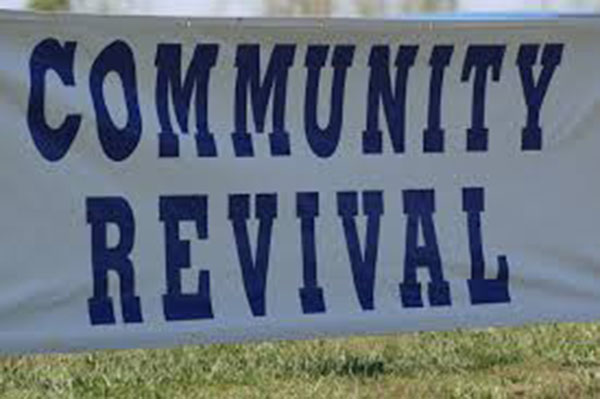The Panic of 1857 slowed the economy, shuttering businesses and banks, yet resulted in a spiritual reawakening known as the Revival of 1858.
In August 1857 the United States slipped into another economic downturn, fueled by excessive speculation and inflation. The emerging Republican Party blamed the “Panic of 1857” on a newly enacted tariff, passed by Democrats, that caused several Northeastern manufacturers to close their doors. By September, the stock market was falling, banks were closing, and Americans were facing hard times. One important result of the 1857 Panic, however, was a major religious revival that began in the large cities of the Northeast. This national revival produced several significant consequences on the eve of the nation’s bloodiest war.
The Revival of 1858 as an Extension of the Second Great Awakening
The Second Great Awakening brought intense revivalism and social reform to American society in the first three decades of the 19th Century. Although the spirit of that revivalism continued on, it slowly weakened as Americans became more prosperous and were forced to deal with new issues such as Manifest Destiny. The mass migration of Americans to California during the 1849 gold rush is an example of the quest for wealth and the departure from the revivalist mentality.
The Revival of 1858 was a direct consequence of the dire economic conditions in America. It was a totally spontaneous movement that began in New York City through the formation of businessmen’s prayer meetings. There were no leaders of the movement, unlike earlier revivals associated with great ministers like Jonathan Edwards and Charles Finney. It was facilitated, in part, by the YMCA which had been founded in 1844, and by the telegraph.
Revivalism Prepares American to Fight the Civil War
The movement spread from New York to Boston, Philadelphia, and other eastern cities, partially due to the telegraph which enabled swifter communication. A growing newspaper community began to report on the revival. The movement soon spread to the South, affecting both blacks and whites.
Professor of American Religious history, Ronald C. White, Jr., comments that “Stonewall” Jackson went door-to-door in Virginia soliciting donations for the American Bible Society. He was also a Sunday school teacher. The Revival of 1858 gave impetus to Bible societies and tract missionary work. Many Southern Civil War leaders were impacted by the 1858 spirit of revivalism. Confederate General Leonidas Polk, an Episcopal bishop, arranged for every soldier under his command to have a Bible.
Professor Warren A. Candler claims that the Revival of 1858 resulted in on-going revivals in both Union and Confederate military camps and that it directly impacted the spirituality of field commanders like Robert E. Lee. Revivalism also thrived on the jeremiad, the Old Testament idea that God’s judgment would be visited on the unrepentant.
Thus, although the revival changed people’s lives, as a nation, everyone was caught up in a terrible war that President Lincoln, in his Second Inaugural Address, equated with divine judgment for the sin of slavery. But revivalism also conveyed forgiveness, a theme echoed in the last paragraph of that celebrated address.
Revivals, Reform, and Economic Hard Times
Historically, peak revivalism in America coincided with times of social and economic upheaval. 1858 was one such example. Economic calamities often result in the afflicted seeking solace. Out of this, revivalism is born. Out of revivalism, social reforms emerged such as during the Second Great Awakening. In this sense, the spirit of revivalism overlaps other areas of life even though they may be secular. Revivalism has also always challenged the rededicated and newly converted to live righteously.
In America, this led to Prohibitionist movements as early as the 1830s. Abolition had roots in revivalism as did prison reform, reforms in education, and the various purity campaigns waged to eradicate vice such as prostitution. But the 1858 revival could not stop the Civil War, in part, because – as Lincoln said, “both read the same Bible” and prayed to the same God.
Sources:
- Warren A. Candler, Great Revivals and the Great Republic (Publishing House of the M.E. Church, South, Lamar & Barton, 1924)
- James A. Morone, Hellfire Nation: The Politics of Sin in American History (New Haven: Yale University Press, 2003)
- Ronald C. White, Jr., Lincoln’s Greatest Speech: The Second Inaugural (NY: Simon & Schuster, 2002)








